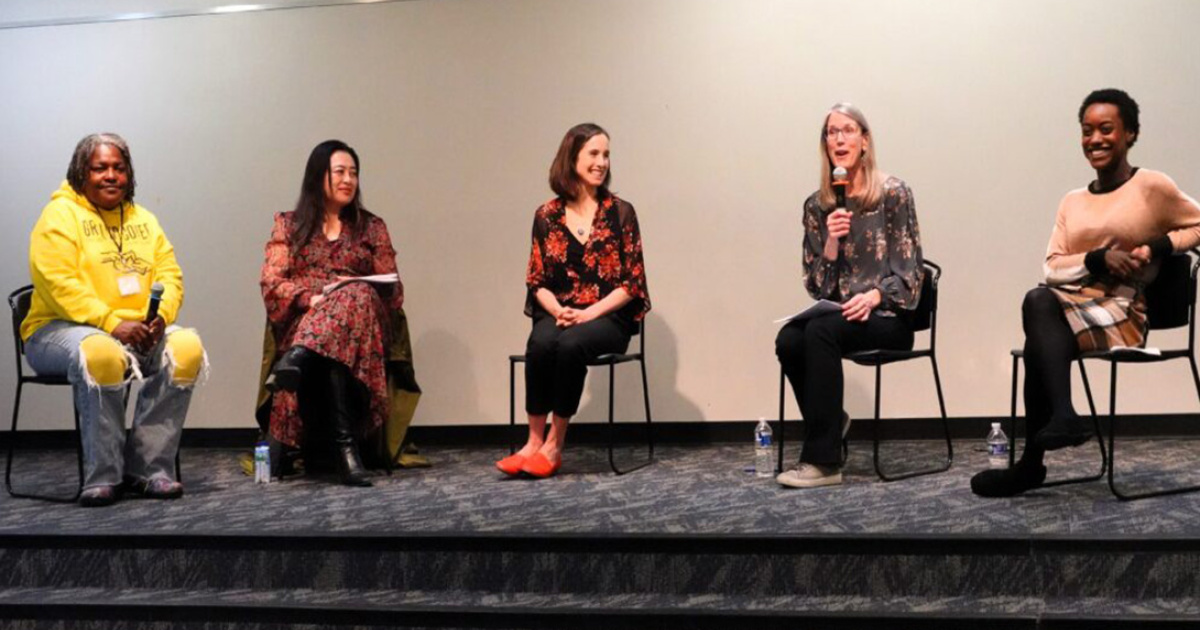By Yona TR Golding
In 2023, a thirty-one-year-old construction worker named Pablo Xavier, whose last name has not been made public, accidentally did something groundbreaking. He opened up Midjourney, a generative AI platform that produces images from text prompts, and fed it a precise description of Pope Francis wearing a puffy coat. Then, according to an interview with BuzzFeed News, Pablo Xavier took the picture Midjourney produced and uploaded it to the internet, where it went viral. It was remarkable not only for its absurdity and irreverence but also for how wildly convincing the image was, from the fidelity with which it rendered the sheen on the pope’s jacket to the subtle reflection that his glasses cast on his cheek. It was far beyond anything the world had seen from an AI hobbyist.
At the time, Emmanuelle Saliba was about ten years into her journalism career, working with emerging open-source investigative techniques, or OSINT, to help newsrooms confirm the authenticity of eyewitness photos, mostly from social media. This often involved determining whether images had been manipulated using Photoshop or repurposed in a misleading way. “I just happened to be very good at finding things on the internet,” she said. Saliba helped develop NBC’s verification protocol and, by the time Pope in a Puffer Jacket started making the rounds, she had joined ABC to cover the rapidly evolving world of AI-generated media, hoping to help the public stay ahead of disinformation. She found herself amazed by the proliferation of synthetic media—and terrified by what it portended.
It was around this time that she met a computer scientist named . During a reporting trip to California, where Farid ran the University of California, Berkeley, School of Information, Saliba spoke with him about the threat that AI-generated content could pose in the upcoming presidential election. She also found herself fascinated by his contributions to the burgeoning field of AI detection. “He’s really the father of digital forensics, which is the art of understanding image manipulation,” she said. Saliba saw in their work “a natural alignment...”
Hany Farid is a professor in the Department of Electrical Engineering & Computer Sciences and the School of Information at UC Berkeley.
Last updated: May 14, 2025







:max_bytes(150000):strip_icc()/the-office-wheel-of-fortune-051325-b50e40c77dd44cad896d10cc83039436.jpg)

